“The choice isn’t between success and failure; its between choosing risk and striving for greatness, or risking nothing and being certain of mediocrity.†— Keith Ferrazzi
Every day you make decisions in your law practice. You’re usually right but sometimes you make a mistake. It’s okay because when you make a mistake, you can usually fix it. If you can’t fix it and your client suffers a detriment, you have insurance.
Your clients pay you to make decisions. It’s what you do. It’s what you get paid for. Every time you make a decision, however, you take a risk. But are you being compensated for those risks?
In business, the bigger the risk, the bigger the potential reward. When you are the principal, your fortunes rise or fall on the outcome. As advisors, however, we are paid by the hour or the case or the work product. Other than contingency fees, our compensation is almost never commensurate with the risks.
You prepare a “simple” will. You get paid a few hundred dollars. But what if the client needed something different? What if you leave something out? Hundreds of thousands of dollars could be are at stake, but you are paid a few hundred dollars.
It seems to me we should be paid according to the risks we take in our work. Our insurance carriers are. Our business clients are. But we are not and we probably never will be. We can’t charge thousands of dollars for a simple will.
But while we probably won’t get paid more for taking risks in our legal work, we can get paid more for taking risks in our marketing. Ironically, these are risks most attorneys avoid.
If you want to reap bigger rewards in marketing your services, you need to take bigger risks.
Time, money, ego–invest more, risk more. Yes, you might waste that time or money, or take a big hit to your ego. But you might also get rich.







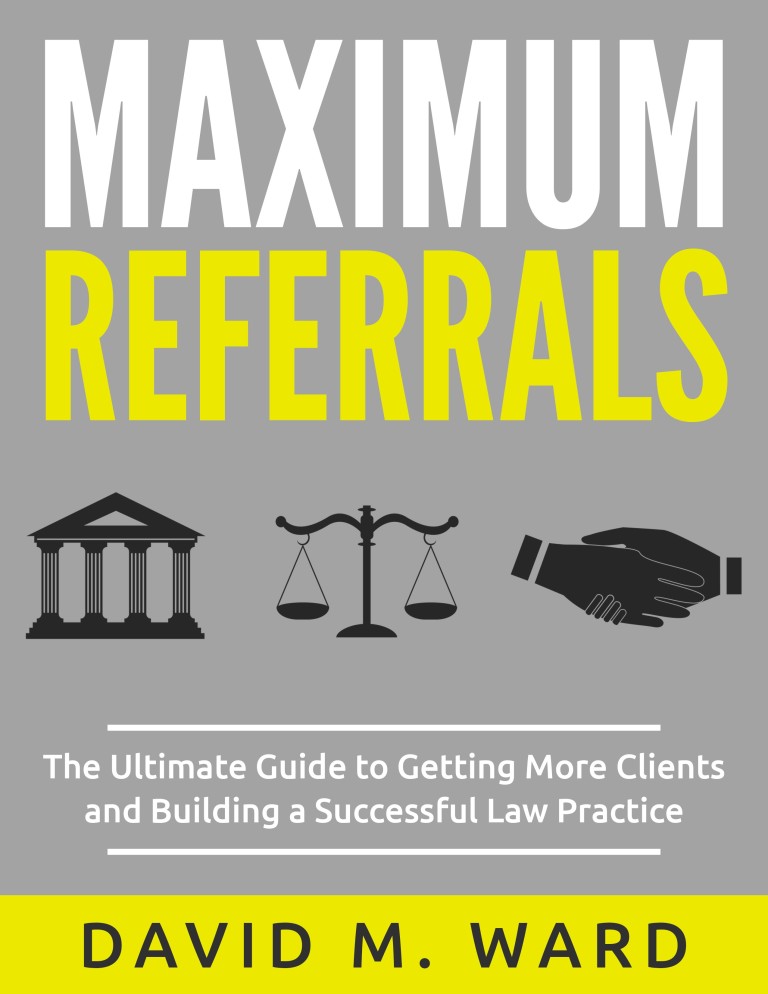
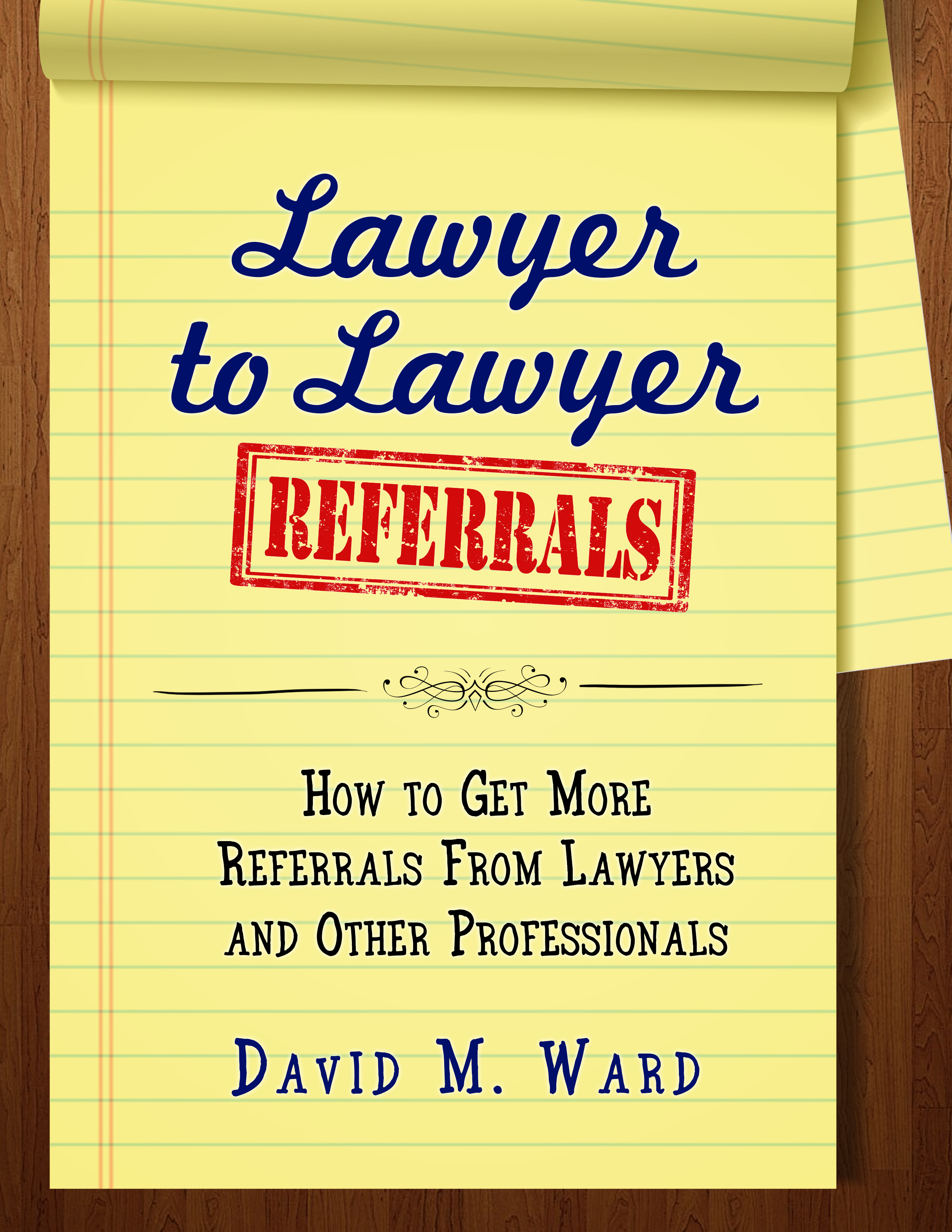
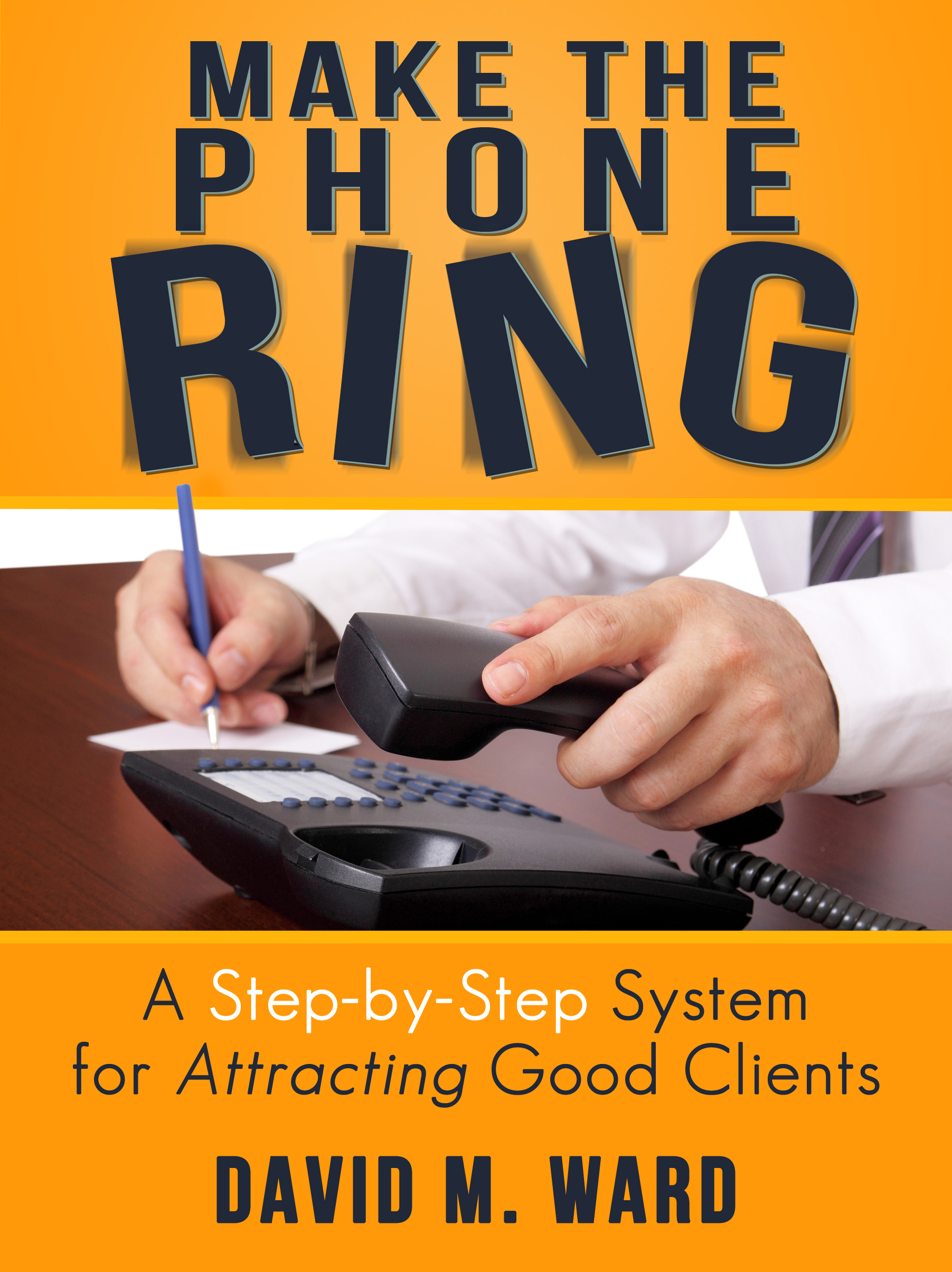
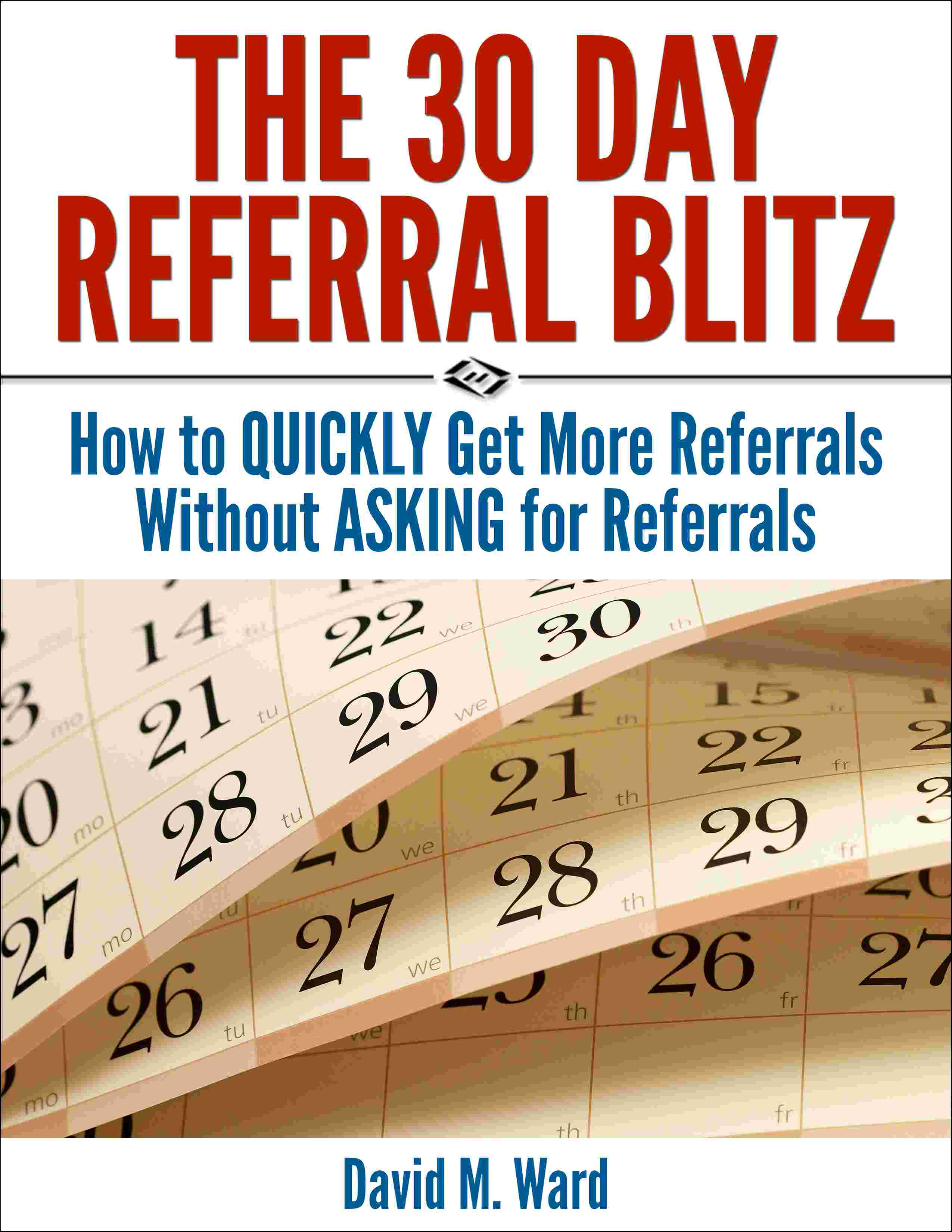
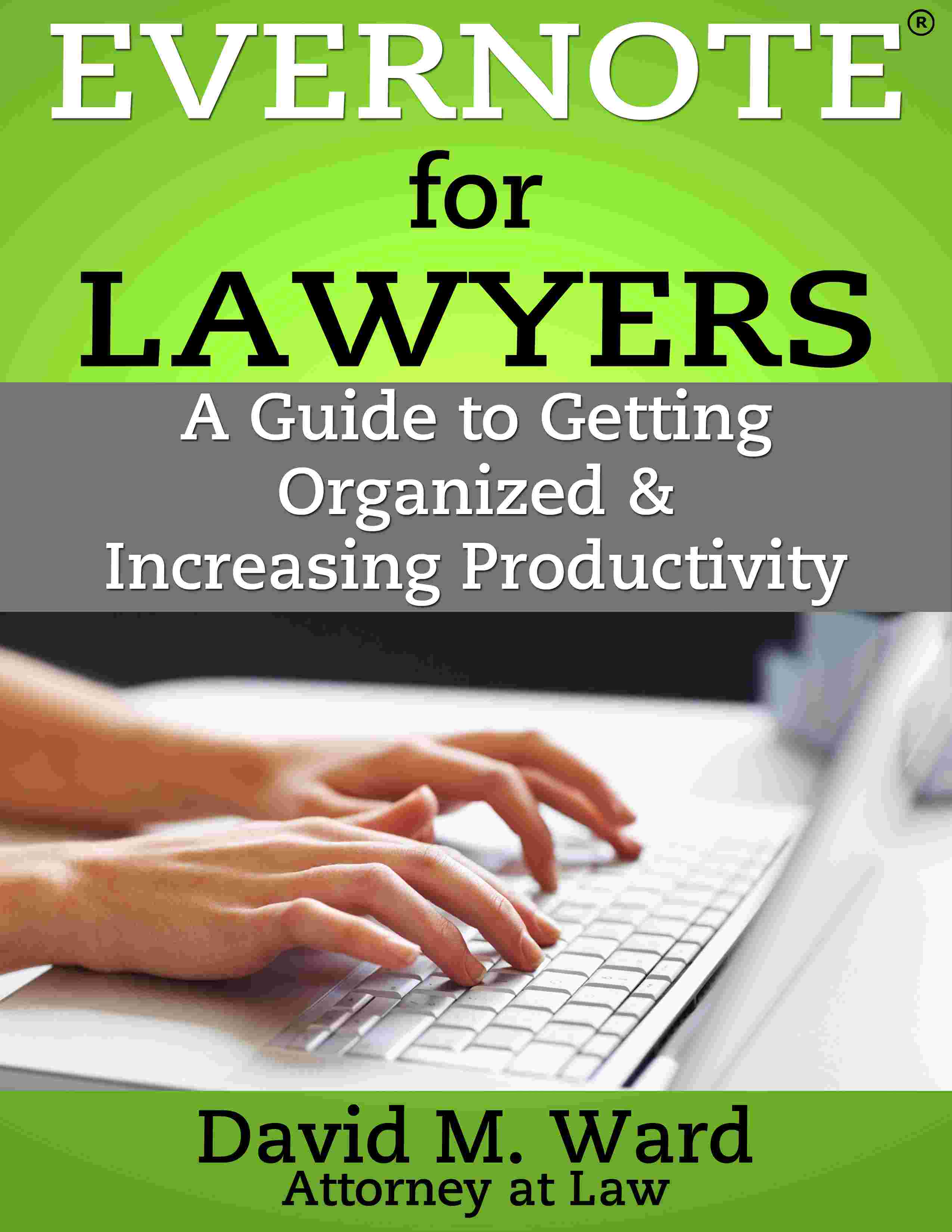
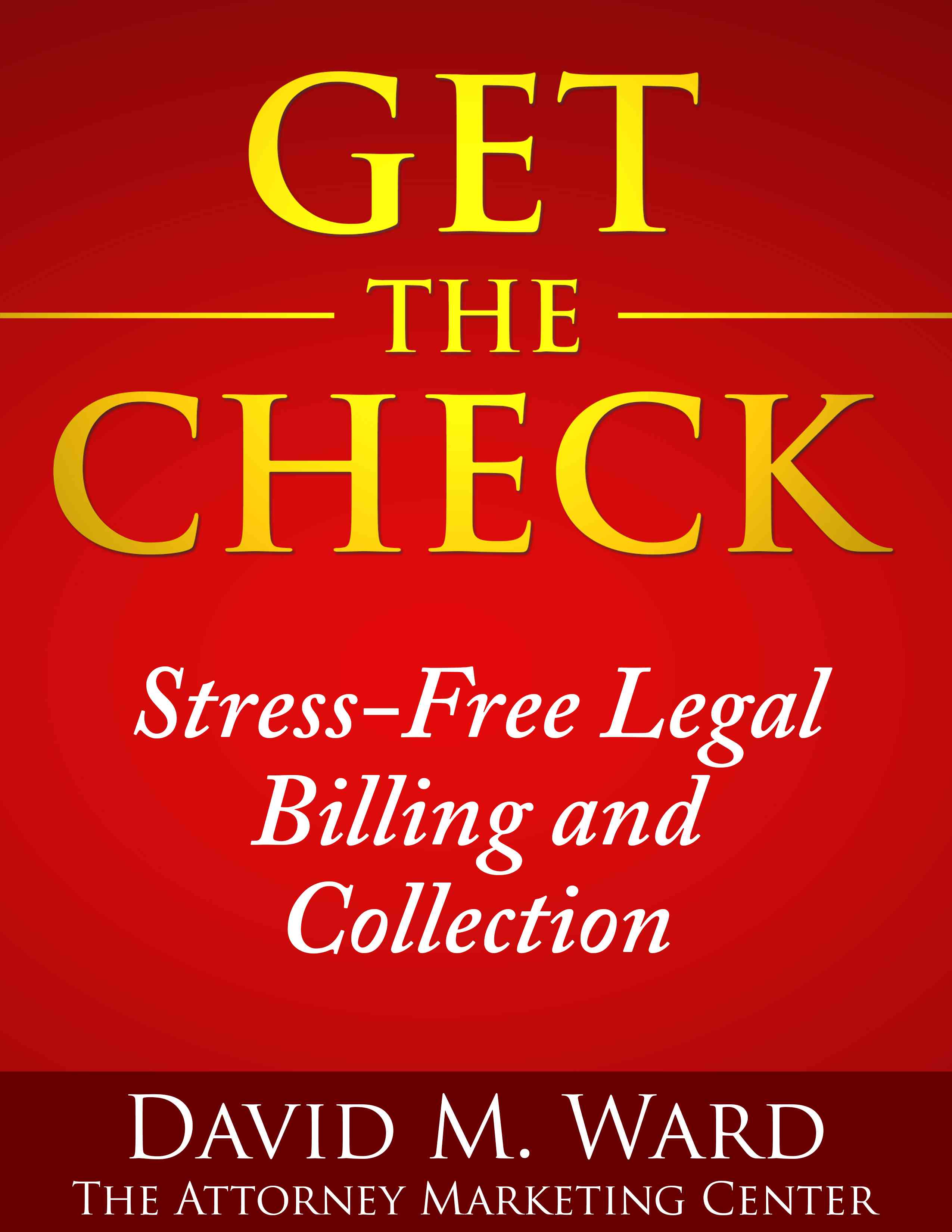
Can you imagine a world without lawyers? I’ll bet Amanda Knox can’t.
Lawyers are routinely vilified. Epithets abound. We are the subject of the cruelest jokes.
And yet, where do people turn when they are in trouble? Whom do they go to for advice when they want to protect their rights? Who defends the indefensible?
Amanda Knox was just released from an Italian prison after a four year nightmare. Without lawyers, she would still be languishing in her cell.
Without lawyers fighting the good fight, our rights, our entire way of life, would devolve and anarchy would ensue. We must never forget how important we are, not just to the individuals we serve, but to the society we live in.
In Shakespeare’s Henry VI, Dick the Butcher says, “The first thing we do, let’s kill all the lawyers”. This is often quoted as a denouncement of lawyers but it is a misreading. Dick was referring to ways a rebellion in the planning might be successful. He recognized that to succeed, they must get rid of those who know and enforce a system of laws. It is, in a roundabout way, an endorsement of lawyers.
Lawyers, be proud of what you do. Defend not just your clients but your profession. Educate your clients and your friends about what you do, but also why it matters.
But don’t stop there. When you see a colleague behaving in a way that belies the dignity of our profession, call him on it. Counsel him. And, if necessary, report him.
Be a champion of the high standards our oath demands and exemplify those standards in your words and deeds. Our profession must police itself. The alternative is a Bar that does it for us, but too often, they go too far.
In a victory for common sense, a Florida court just struck down as vague one of its Bar Association’s limits on lawyer advertising. A bar association should enact rules of professional conduct that define standards of behavior and it should provide redress for the most egregious transgressions of those standards. But when a bar association imposes vague, arbitrary, and unreasonable standards upon its members, as Florida has long been criticized for doing, it says to the world, “We don’t trust our members and neither should you.”
Bar associations can improve the image of lawyers not by policing them more but by trusting them more.